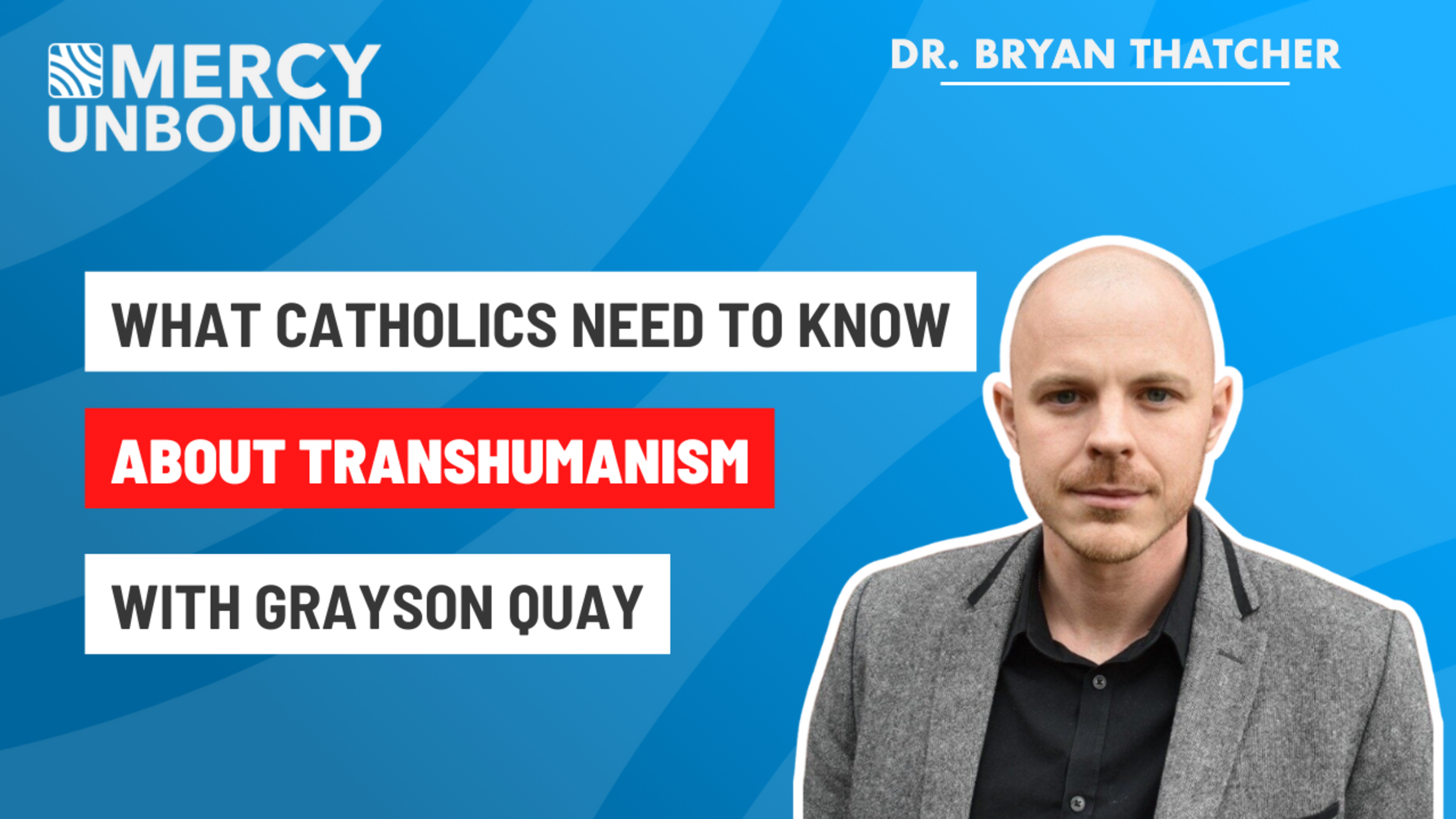Episode 97, Dr. Bryan Thatcher and the Abortion Myth
America's Two National Sins
I read an interesting book recently by Olivia Murray, “Abortion v. Slavery – the parallels between two national sins”, available at Amazon.com. As a physician, one of my favorite courses was embryology where we studied the development of the newly conceived child from conception to birth, and I was always amazed at things like – how do these cells know to become brain tissue and others liver tissue? How do the cells know when to stop growing as an organ is large enough? My college-aged son recently told me that one of his professors was doing research on heart cells. If he had just one cell in a petri dish it would do nothing. If another was placed next to it both would start beating. The cells were somehow communicating with each other!
History Repeats Itself
We hear the phrase that history often repeats itself. When a society forms around a set of beliefs, as the South did with slavery, it will formulate a set of arguments to justify it. But looking at slavery and abortion, let us recall the words spoken years ago by historian Sydney J. Harris, “History repeats itself, but in such cunning disguise that we never detect the resemblance until the damage is done.”
Conditions of the Antebellum South
In 1830, primarily in the South; African Americans were slaves on small farms, large plantations, in cities and towns, inside homes and out in the fields, as well as in industry and transportation. Slaves were considered property and the law was enforced by violence – actual or threatened. Relationships between owner and slave ran from compassionate to contemptuous but a slave could never forget his status; slaves were always in fear of being sold and their loved ones separated. 75% of whites did not own slaves, and of those who did nearly 90% owned 20 or less. The cotton gin invention led to increased slavery as cotton was the leading cash crop and they worked in the fields.
The "Justification" of Slavery
Like the abortion industry, southern ideologies attempted to justify slavery on economic, historical, religious, legal, social, and even humanitarian grounds. But in 1846 a slave named Dred Scott and his wife Harriet sued for their freedom in St. Louis Court. They claimed they were free due to their residence in a free territory where slavery was prohibited. The Scotts were held in bondage for extended periods in a free territory and were then returned to a slave state. It became an 11- year struggle that ended up in the Supreme Court. By the time it reached the High Court, slavery had become the single most explosive issue in the nation. On March 6, 1857, Chief Justice Roger B. Taney read the majority opinion. It stated that enslaved people were not citizens of the United States, and therefore, could not expect any protection from the Federal Government or the courts. The opinion also stated that Congress had no authority to ban slavery from a federal territory. The decision moved the nation a step closer to Civil War.
Legal Precedent
The decision of Scott versus Sandford is considered by many legal scholars as the worst ever rendered by the Supreme Court and was overturned by the 13th and 14th Amendments to the Constitution which abolished slavery and declared all those born in the United States as citizens.
Parallelism in the Abortion Arguments
1. Economic– some argue that abortion is a useful and effective tool for population control. Over 1 million babies are aborted each year, and some argue abortion is needed to keep the population down, to avoid putting more strain on the health care system, and to avoid economic collapse and massive unemployment. Doesn’t that sound like the same argument the slave owners used?
2. Religious- The Bible was used by slaveowners to justify abortion. Senator Rev Ralph Warnock believes his views as a minister and pro-choice activist square up and said “I think that human agency and freedom is consistent with my view as a minister.” Freedom for whom? The Declaration of Independence states that all men are created equal and that all are endowed with the inalienable rights of “life, liberty, and the pursuit of happiness.” How can one achieve happiness if they are not alive? And if a fetus is not alive and human, what is it? What grows that is not alive?
3. Moral- while moral law dictates that we do not kill, slaveholders held Blacks to be sub-human; the same argument is said about the developing human in the womb. It is just a blob of cells. It’s not really human and has no rights.
4. Social Good - Act of Compassion and Mercy – Southerners argued that they were actually saving slaves from degenerate Africa and bringing them to a much more civilized society; abortionists claim that it is an act of mercy as the unwanted baby may grow up and be abused
A Culture that Devalues the Weak
In a quote from the late Senator Hubert Humphrey, 1968 Democratic Presidential candidate from Minnesota, Humphrey spoke about the treatment of the weakest members of society as a reflection of government: “the moral test of government is how that government treats those who are in the dawn of life, the children; those who are in the twilight of life, the elderly; those who are in the shadows of life; the sick, the needy and the handicapped.” The Catholic Church, with all its warts and faults of its members, has always understood the sanctity of human life and fought against killing the most vulnerable and weakest members of society. For that, I am forever grateful.



